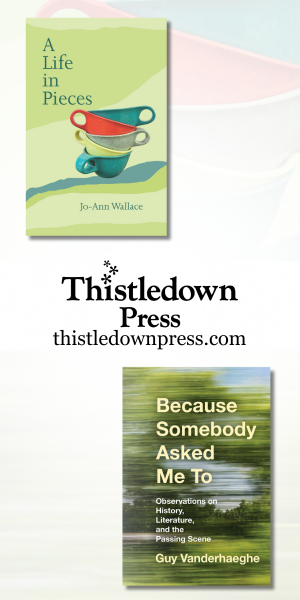It is hard to find a Canadian visual arts grad ignorant of a technical term like negative space, but it is very easy to find a Canadian creative writing grad ignorant of, say, free indirect style or nested narration or unreliable narrators. For decades in Canada, university education in the visual arts and music has been crucial to the careers and the creativity of artists and classical musicians. With the University of British Columbia celebrating the 50th anniversary of its creative writing program, writing workshops in Canada are hardly new. Nonetheless, a Canadian writing education is distinct from its cousins in painting and music in at least two ways. Those latter programs have not recently experienced exponential growth in enrollment, and Canadian creative writing pedagogy remains, despite its institutional expansion and endorsement, wildly scattershot from program to program and even instructor to instructor. Pursue a Canadian bachelor of...
Darryl Whetter is the author of four books and has taught at four Canadian universities. His books include the novels Keeping Things Whole (Nimbus Publishing, 2013) and The Push and the Pull (Goose Lane Editions, 2008). For more information, see www.darrylwhetter.ca. This essay is adapted from an article that will appear in Creative Writing in the 21st Century: Pedagogy, Research and Practice, edited by Priscila Uppal and Rishma Dunlop, to be published by McGill-Queen’s University Press.

